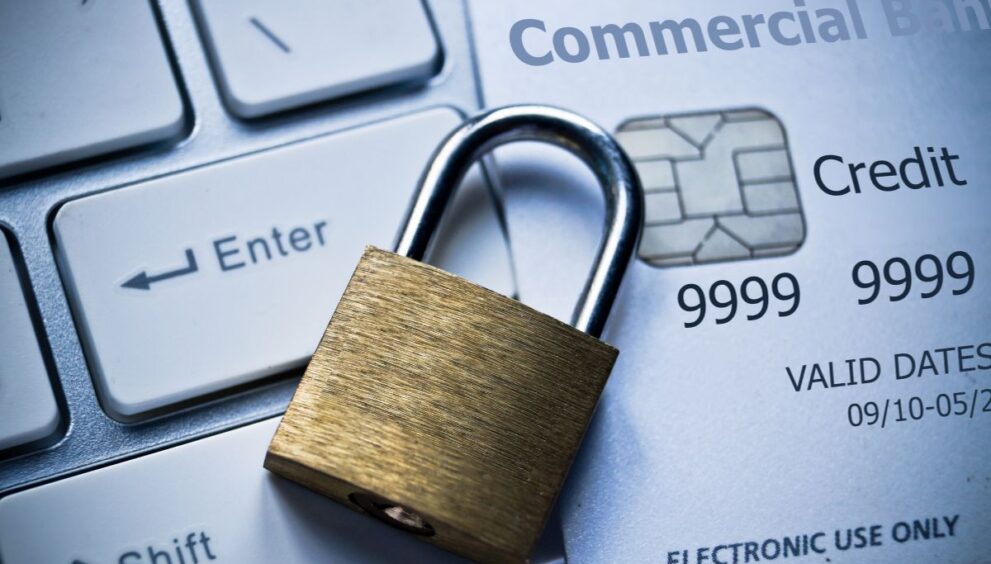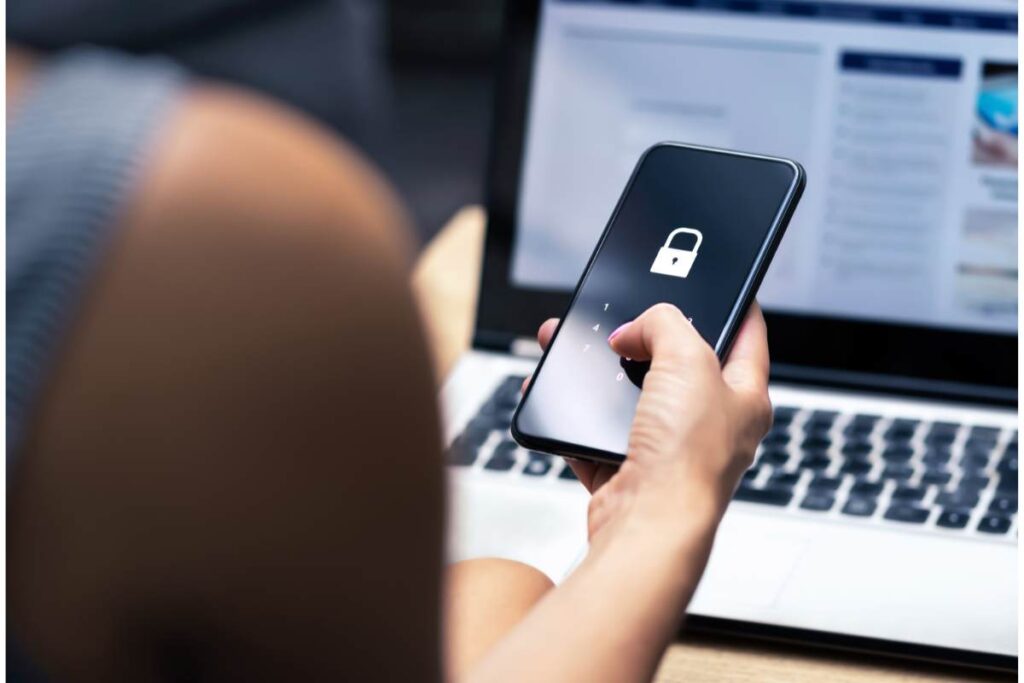Discover the Best Ways to Enhance Your Credit Card Security

Credit card security is paramount to individuals and businesses in our increasingly digital environment. It’s essential to remain aware and knowledgeable about the best ways to improve your credit card security because cyber threats are continuously emerging. In this post, we’ll look at practical precautions you may take to safeguard your financial resources, private data, and mental stability.
Section 1: The Value of Credit Card Security
It’s essential to comprehend why credit card security is so critical before diving into the best strategies to improve it. The annual cost of credit card fraud is in the billions of dollars. Credit card security should be a high priority for the following reasons:
- Financial Loss: Unauthorized transactions can cause severe economic losses by charging amounts you did not authorize.
- Exposure of Personal Data: Identity theft is frequently made possible by disclosing personal data from credit card breaches, such as your name, address, and card information.
- Damage to Reputation: Being a victim of credit card fraud can harm your financial standing and limit your access to loans and other economic possibilities.
Section 2: Strengthen Your Credit Card Security
Let’s now examine the best strategies for enhancing credit card security and safeguarding yourself from potential dangers:
- Checking Credit Card: Reviewing your credit card accounts daily is one of the easiest but most efficient ways to spot illegal activities. Keep an eye out for any strange charges and notify your card issuer right away.
- Use Strong, Unique Passwords: Use strong, distinct passwords for each account while managing your credit card’s online accounts. You can securely create and save complicated passwords with the aid of a password manager.
- Enable two-factor authentication (2FA): Numerous online merchants and financial institutions provide 2FA alternatives. By asking you to input a code delivered to your mobile device or email before finishing a transaction, enabling this option adds an extra layer of security.
- Be Wary of Sharing Personal Information: You need to know the recipient’s legitimacy to give out your credit card information to everyone, especially over the phone or by email. Scammers frequently employ social engineering techniques to deceive people into disclosing private information.
- Use Secure Websites: Ensure the website is secure before making an online transaction or accessing your financial accounts. A secure connection is indicated by the URL beginning with “https://” and the padlock icon in the address bar.
- Regularly update: Any software you use for financial transactions, including your computer, smartphone, and other devices. Manufacturers publish updates to fix security flaws.
- Phishing Emails to Avoid: Be wary of emails asking for personal or financial information when you click links or open attachments. Scammers frequently use phishing emails to deceive people into disclosing critical information.
- Shred Sensitive Documents: Shred credit card statements, expired cards, and other private information before discarding them. Identity thieves frequently employ dumpster diving to gather information.
- Freezing Card: Consider freezing your credit with the credit reporting agencies. By doing this, identity thieves will have more difficulty opening new accounts in your name without your consent.
- Check Your Credit Report Frequently: Obtain and analyze your report frequently to spot any strange behavior. The leading credit bureaus must provide you with a free annual credit report.
- Utilize a Virtual Credit Card: Several Credit Card Issuers provide Virtual Credit Cards for online purchases. Because they cannot be used for other transactions, these temporary card numbers offer an additional layer of security.
Section 3: Contactless Payments and Mobile Wallets
It’s critical to comprehend how contactless payments and mobile wallets might improve credit card security given their rapid adoption.
- Mobile wallets: Tokenization increases security in mobile payment systems like Apple Pay, Google Pay, and Samsung Pay. These services generate a unique token for each transaction instead of sending your credit card number, lowering the chance of data exposure.
Cards with embedded RFID chips, known as contactless cards, enable rapid, secure payments by just touching or waving your card in front of a compatible terminal. These cards use encryption technology to protect your data when you shop.
Section 4: Reporting Fraud and Taking Action
Your most incredible efforts won’t always prevent credit card fraud. Knowing what to do if you suspect illegal conduct is crucial:
- Message the Card issuer: Any unusual transactions should be reported immediately to your credit card company. They can assist with the investigation and, if required, issue a new card.
- Report Identity Theft to the Police: If you think you are a victim of identity theft, report it to the police. This action is crucial for ending the conflict and defending your legal rights.
- Fraud Alert: Take into account adding a fraud alert to your credit report. The opening of new accounts in your name becomes more difficult.
- Even after the problem has been rectified, keep an eye on your credit reports for any indications of fraudulent activity.
Conclusion
Increasing the security of your credit card requires ongoing care, awareness, and preventative steps. You may lessen the chance of credit card fraud and safeguard your financial security by using the tips in this article and keeping up with the most recent dangers and security procedures. Remember that preventing security breaches is always preferable to coping with the fallout from fraud.






